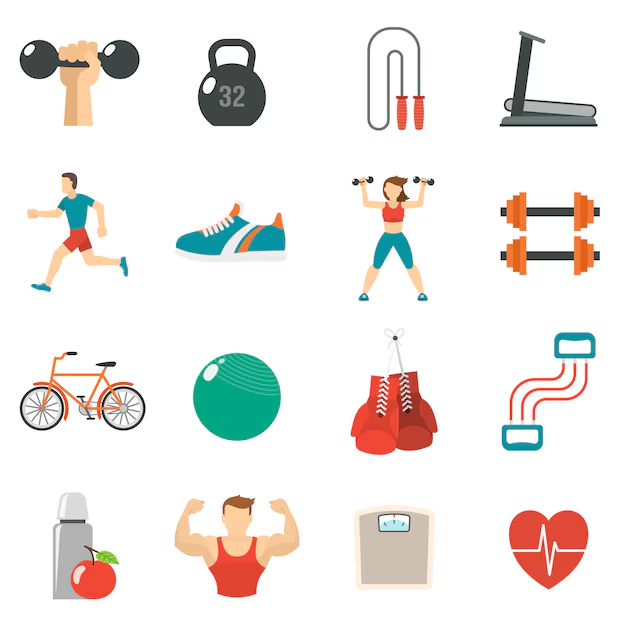Suspension Training: Build Core Strength & Total Body Fitness

Updated at: 2025-02-19 00:34:08 (5 months ago by Melkisedeck Leon Shine)
Unlock Your Core's Potential: A Comprehensive Guide to Suspension Training
Suspension training, frequently associated with TRX, is rapidly becoming a preferred method for building core strength and achieving holistic fitness. This innovative workout system utilizes straps anchored to a secure point, enabling a diverse range of exercises that challenge your body in unique and highly effective ways. As a fitness professional, I've observed firsthand the transformative impact of suspension training on both athletic performance and overall wellness. This detailed guide explores its numerous benefits and provides practical advice for integrating this versatile training method into your fitness routine, regardless of your current fitness level.
One of the most significant advantages of suspension training lies in its ability to simultaneously engage multiple muscle groups, particularly the often-neglected core muscles. The inherent instability of suspension exercises compels your body to work harder to maintain balance and proper form, leading to substantial improvements in core stability and strength. This enhanced stability translates into improved performance across various activities, from everyday tasks to demanding athletic pursuits. You'll notice a marked difference in your balance, posture, and overall body control.
The adaptability of suspension training is another key selling point. By adjusting the angle of the straps, you can effortlessly modify the intensity of each exercise, making it suitable for individuals across the entire fitness spectrum – from complete beginners to seasoned athletes. Whether your goal is a gentle introduction to core strengthening or a rigorous advanced workout, suspension training seamlessly adapts to your needs and fitness journey, providing a scalable challenge that grows with you.
Beyond the core, suspension training significantly enhances overall body strength, flexibility, and endurance. Exercises like suspension planks, rows, and squats engage muscles throughout your entire body, fostering holistic fitness gains. This comprehensive body engagement leads to improved posture, reduces the risk of injuries associated with muscle imbalances, and contributes to a more sculpted physique. The full-body workout nature of suspension training ensures you're not just strengthening your core, but building a stronger, more resilient you.
The accessibility of suspension training is a substantial benefit. Unlike bulky gym equipment, suspension straps are lightweight, portable, and require minimal space. You can easily incorporate them into your workout routine at home, in a park, while traveling, or even in a hotel room. This unparalleled convenience makes it ideal for busy individuals with limited access to traditional gym facilities, allowing you to maintain your fitness regime wherever your life takes you.
However, mastering proper form is crucial for maximizing the benefits and minimizing injury risk. Beginners should commence with easier exercises, gradually progressing to more advanced variations as their core strength and stability increase. Maintaining correct posture and engaging your core muscles throughout each repetition is paramount for achieving optimal results and preventing strain. Consider starting with a qualified trainer to ensure you are using proper form from the outset.
The array of exercises achievable with suspension straps is extensive, opening up a world of creative workout possibilities. From foundational bodyweight exercises such as squats and lunges to advanced movements like inverted rows and plyometrics, suspension training provides a constantly evolving challenge, preventing plateaus and encouraging ongoing progress. This continuous adaptation keeps your workouts engaging and ensures that you continue seeing results over the long term.
In summary, suspension training offers a dynamic and exceptionally effective approach to enhancing core strength and achieving comprehensive fitness. Its versatility, accessibility, and full-body engagement make it an invaluable addition to any fitness program. By integrating suspension training into your routine, you'll not only build a robust core but also experience remarkable improvements in strength, flexibility, endurance, and overall physical well-being. Are you ready to unlock your core's true potential? Embrace the transformative power of suspension training and witness the incredible results firsthand.
I invite you to share your suspension training experiences in the comments section below. Have you incorporated it into your workouts? What are your favorite exercises? Let's connect and discuss the advantages of this remarkable training method together!



